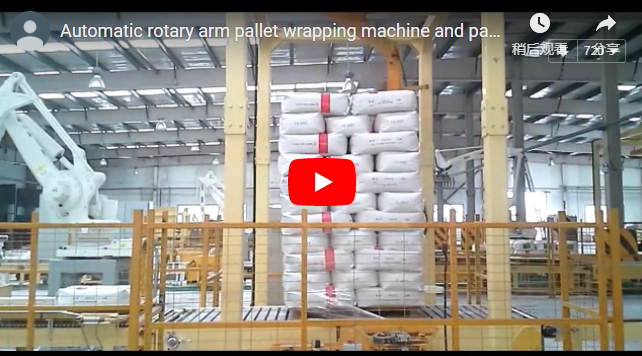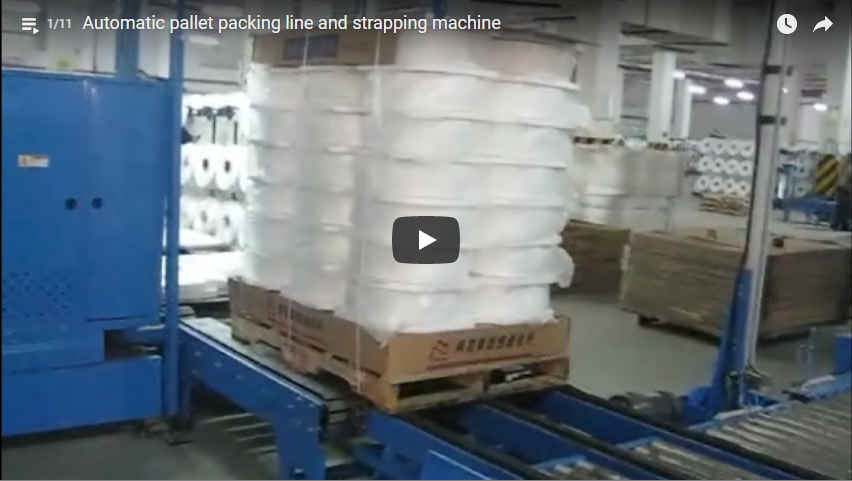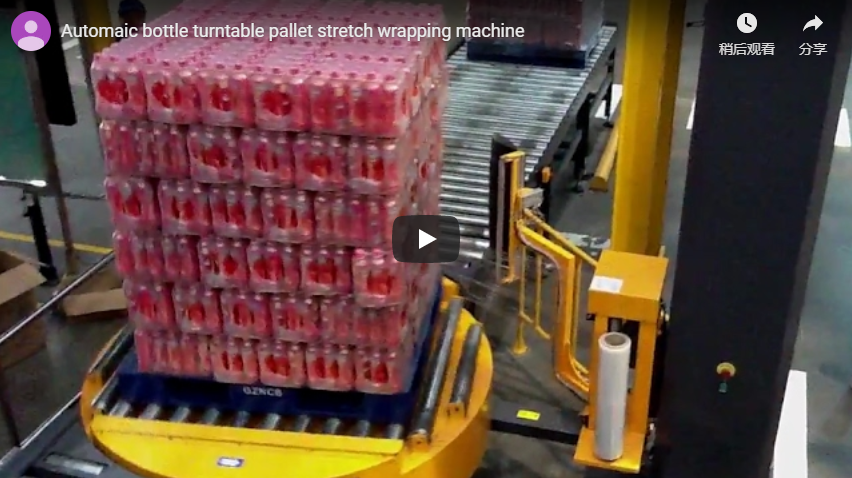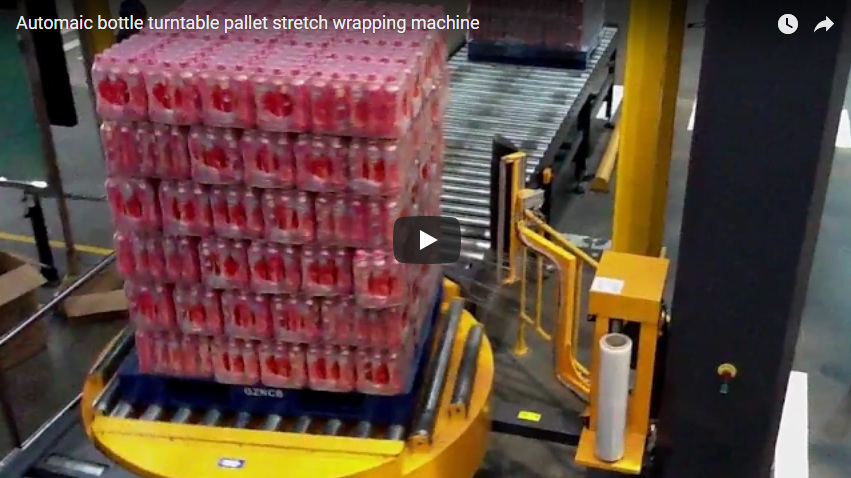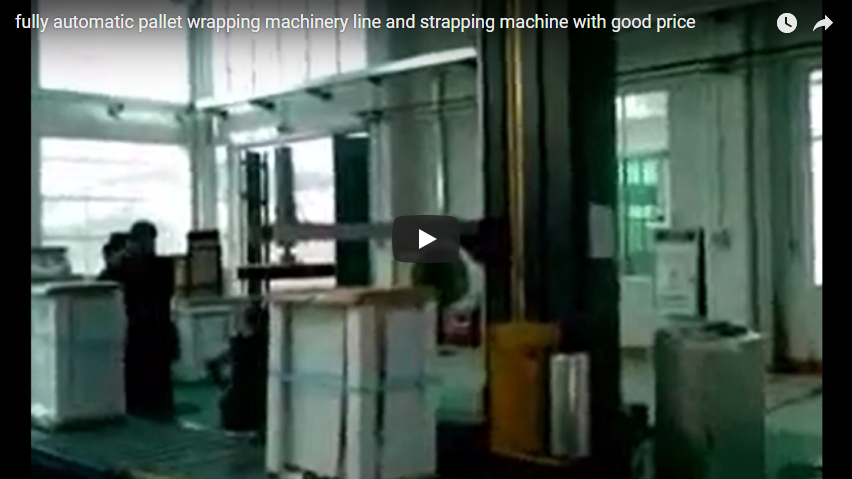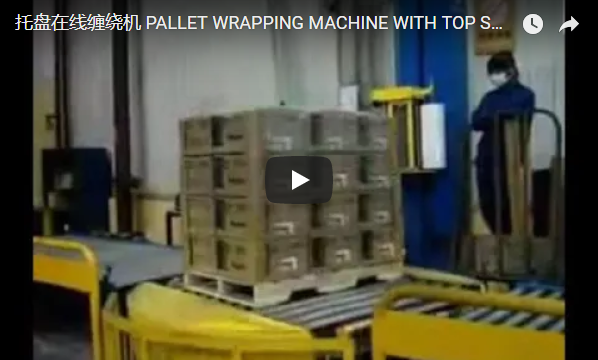Optimizing End-of-Line Packaging: A Deep Dive into Automatic Rotary Arm Pallet Wrappers
In today's demanding manufacturing and fabrication environments, efficient and secure end-of-line packaging isn't just a final step; it's critical for product integrity, transport safety, and overall operational efficiency. While various pallet wrapping methods exist, the automatic rotary arm pallet wrapper stands out as a robust solution, particularly for operations handling heavy, unstable, or high-volume loads. Let's explore the mechanics, benefits, and considerations of this essential piece of industrial automation.
1. What Sets the Rotary Arm Pallet Wrapper Apart?
Unlike traditional turntable wrappers where the pallet itself spins, an automatic rotary arm pallet wrapping machine keeps the pallet stationary. Instead, a mechanical arm holding the stretch film roll rotates around the pallet. This fundamental difference is key to its advantages:
- Stability for Challenging Loads: For fabricators dealing with tall, awkwardly shaped, or easily shiftable loads (like stacked metal components or assembled machinery), spinning the pallet on a turntable can introduce instability or risk product damage. Keeping the load stationary eliminates this risk.
- Handling Heavy Weights: Rotary arm systems are generally better suited for extremely heavy pallets that might exceed the weight capacity or strain the drive mechanism of a turntable wrapper. The floor bears the load's static weight.
This type of machine is a workhorse in high-throughput environments across manufacturing, logistics, distribution centers, and warehousing.
2. Key Technical Specifications and Operational Features
While specific parameters vary by model and manufacturer, typical features and specifications fabricators should look for include:
- Rotary Arm Speed: Often adjustable, determining the wraps per minute (RPM) and overall throughput capability (e.g., 15-30 RPM).
- Maximum Load Dimensions: Specifies the largest pallet size (Length x Width x Height) the machine can accommodate.
- Maximum Load Weight: Virtually unlimited as the load sits directly on the floor or conveyor, but the structure must accommodate the wrapping forces.
- Film Delivery System: Crucially includes powered pre-stretch capabilities (e.g., 150% to 300%). This stretches the film before application, maximizing film yield (reducing cost) and improving load containment force.
- Control System: Typically PLC-based with a Human-Machine Interface (HMI) touch screen for easy operation, parameter adjustments (wrap counts top/bottom, tension control, wrap patterns), and diagnostics.
- Automation Features: Automatic film clamp, cut, and wipe/seal systems for true walk-away operation.
- Safety Systems: Essential features like safety fencing, light curtains at entry/exit points, and emergency stops are non-negotiable for protecting personnel.
3. Core Advantages for Fabricators and Manufacturers
Investing in an automatic rotary arm wrapper offers tangible benefits:
- Superior Load Containment: Especially vital for heavy or unstable loads common in metal fabrication and industrial manufacturing. Consistent wrapping tension and patterns ensure pallet integrity during handling and transit.
- Increased Throughput: Automation significantly speeds up the wrapping process compared to manual or semi-automatic methods, keeping pace with production output.
- Optimized Film Consumption: Powered pre-stretch systems can drastically reduce the amount of stretch film used per pallet, leading to significant cost savings and reduced environmental impact.
- Reduced Labor Costs: Automating the wrapping process frees up personnel for more value-added tasks.
- Improved Ergonomics and Safety: Eliminates the physically demanding and potentially hazardous task of manually wrapping pallets.
- Versatility: Can handle a wide range of pallet heights automatically without operator adjustment.
4. Integrating into Your Production Flow
From personal experience and observing numerous installations, successful integration hinges on a few factors:
- Layout Considerations: Rotary arm wrappers often require a larger footprint than turntable models due to the arm's swing radius and safety guarding. Plan your space accordingly.
- Infeed and Outfeed: How will pallets get to and from the wrapper? Integration with existing or new conveyor systems (roller or chain) is common for fully automated lines. Forklift access points need clear marking and safety protocols.
- Operator Training: While highly automated, operators need training on the HMI, basic troubleshooting, film roll changes, and safety procedures.
- Maintenance Schedule: Like any machinery, regular preventative maintenance (lubrication, sensor checks, wear part inspection) is crucial for uptime and longevity. Partnering with a supplier offering good technical support is advisable.
5. Beyond the Wrapper: The Complete Packaging Picture
While the rotary arm wrapper is a cornerstone, it often functions as part of a larger automated packaging system. This might include:
- Automated case erectors and sealers
- Robotic palletizing systems
- Conveyor transport systems
- Automated labeling or print-and-apply systems
Considering how the wrapper integrates with these upstream and downstream processes ensures a seamless, efficient end-of-line operation.

Conclusion: A Strategic Investment for Efficiency and Security
The automatic rotary arm pallet wrapper represents a significant step up in packaging automation, particularly for operations dealing with challenging loads or requiring high throughput. By ensuring load stability, optimizing film usage, reducing labor dependency, and enhancing safety, it provides a rapid return on investment and contributes directly to a more efficient, reliable, and cost-effective manufacturing or distribution process. Evaluating your specific load characteristics, throughput needs, and integration requirements will determine if this advanced wrapping technology is the right fit for your facility.

